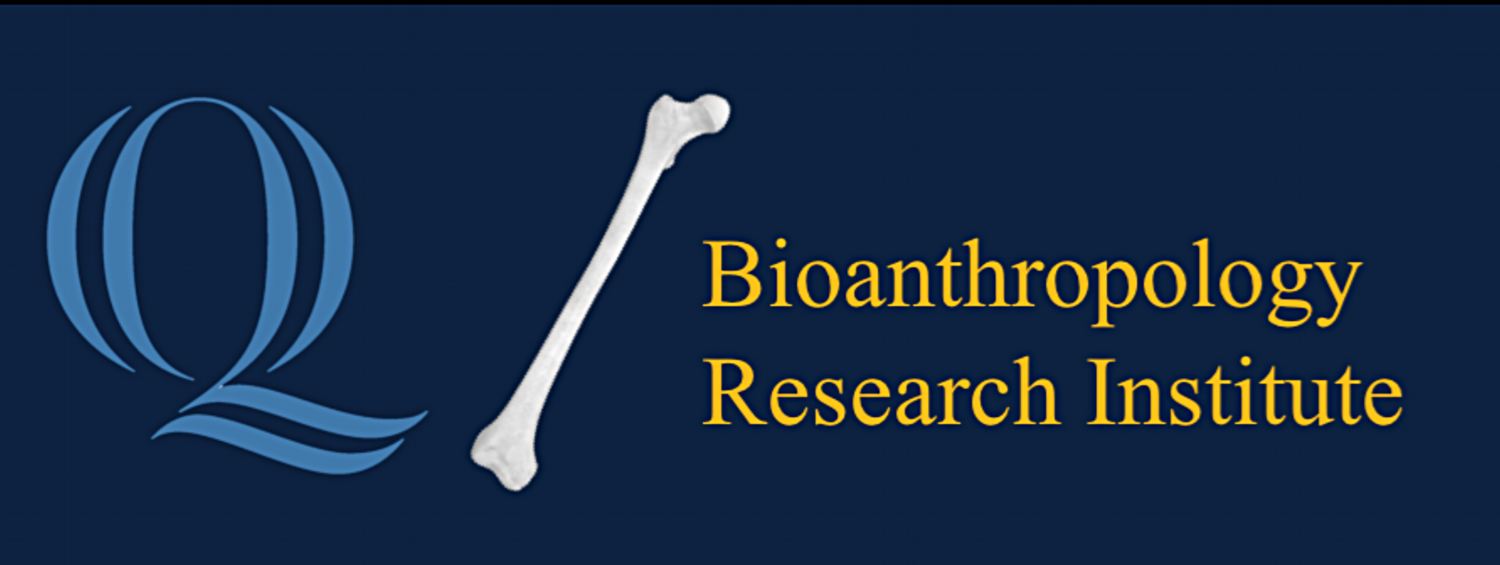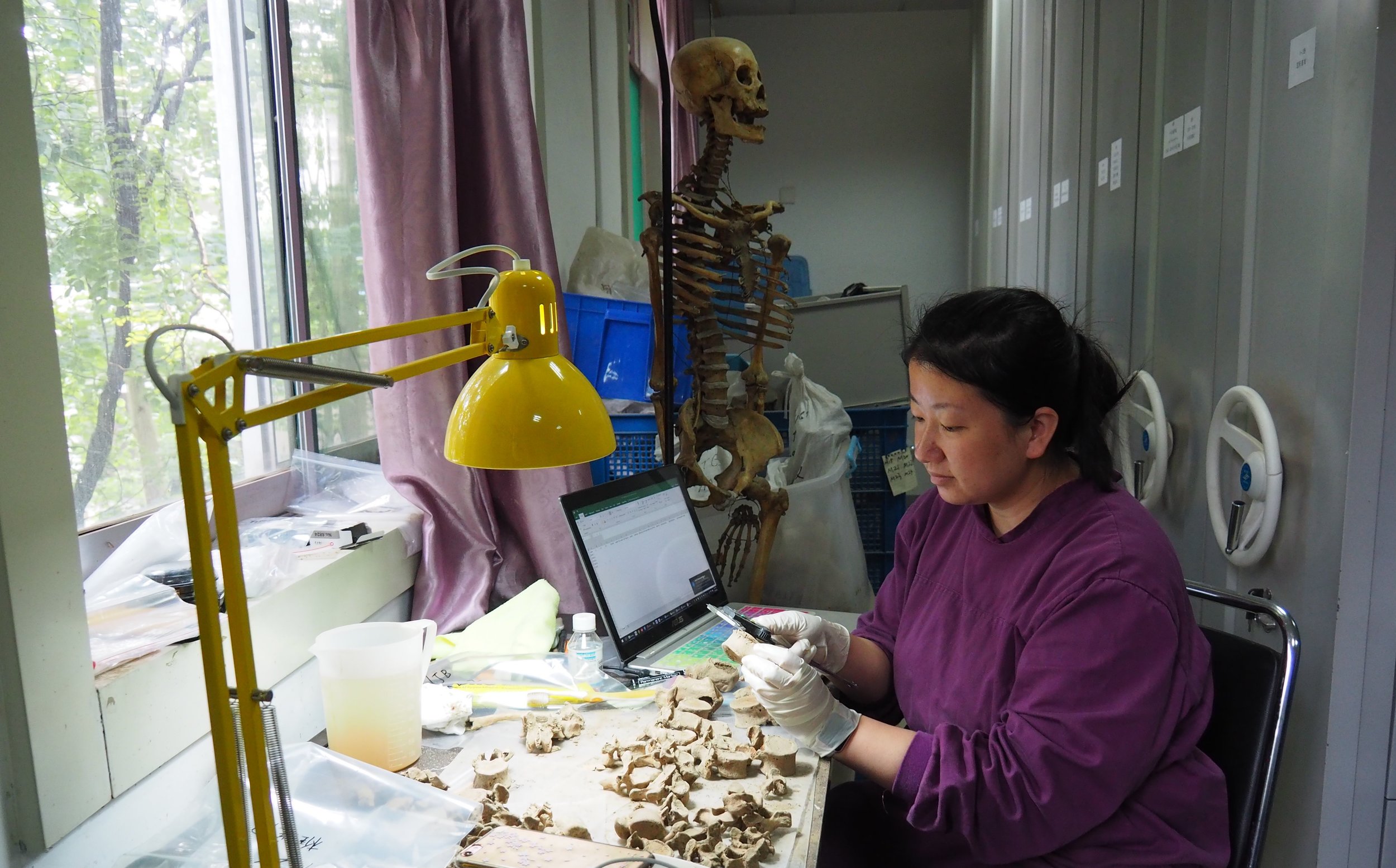Edward Bormann
BRIQ Fellow 2015 - 2017
BA – Quinnipiac University - 2015
Current – Radiology Technician
NSF-REU Fellow – Summer 2015
Rong Fan
BRIQ Fellow 2014 - Present
PhD candidate - Yale University - “Physiological stress, workload, and social relations in Early and Middle Neolithic China”
MA – Shandong University, China - “Bioarchaeological analysis of life quality at the Beiqian site during the Dawenkou Cultural Period” (in Chinese)
BA – Shandong University, China - “A review of the research on the Pre-Qin human skeletal remains excavated in the Haidai region” (in Chinese)
Ariane Thomas
BRIQ Fellow 2012 - present
Ph.D. Candidate in Anthropology
University of Iowa, 2016 - present
M.A. in Anthropology, concentration in forensic anthropology, 2014-2016
University of Montana
Thesis: An evaluation of the effectiveness of eukaryotic DNA extraction from burial soil samples.
B.A. in Anthropology and Criminology, 2008-2012
Central Connecticut State University
Thesis: Child skeletal morphology: an analysis of cranial and pelvic features in sex estimation.
Sarah Poniros
BRIQ Fellow 2014 - 2015
M.S. in Human Osteology and Funerary Archaeology – University of Sheffield – 2015
Ph.D. Candidate in Biological Anthropology and Archaeology - University of Sheffield - Expected Sept. 2020
Since working at the Quinnipiac Bioanthropology Research Institute in the 2014-2015 academic year, I have completed an MSc in Human Osteology and Funerary Archaeology at the University of Sheffield. Now, I am currently in my second year as a Ph.D. student at the University of Sheffield. My project is entitled The Bioarchaeology of Diversity: A Case Study of the Roman Empire. Through this project I am to take a multidisciplinary approach to migration and diversity by statistically quantifying and comparing many different strands of evidence including biological distance, migratory stable isotopes, material culture, and epigraphic evidence.
One of my primary goals is to approach craniometric biological distance analysis without using classification software. Rather than attempting to compare each cranium to known populations, I hope to quantify the phenotypic diversity within a population by comparing all the crania together. In the future, I hope to be able to apply both of these statistical approaches to many different archaeological populations.
At the University of Sheffield I also am a teaching assistant in the Masters courses for Human Osteology, Human Anatomy, Biological Anthropology I, and Biological Anthropology II. I also have organized and taught an introductory short course for beginners in Human Osteology for the past two years. In addition, I am the co-chief editor of Assemblage, a peer-reviewed journal that is run by Ph.D. students in the Department of Archaeology.




